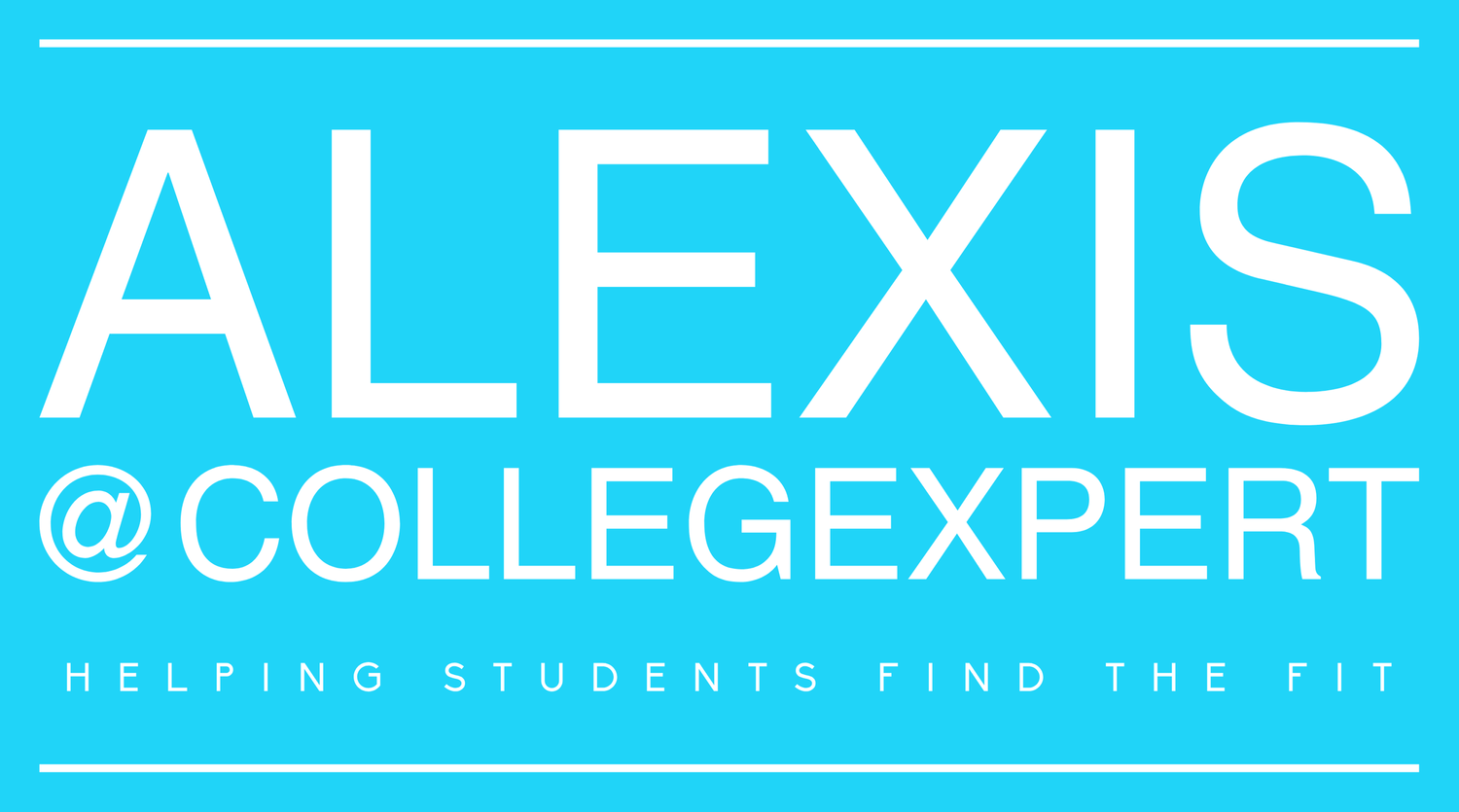How Many Colleges Should You Apply To
Choosing how many colleges you should apply to can be a daunting decision for many students as they navigate the college admissions process. The number of college applications you submit can have a significant impact on your chances of acceptance, as well as the overall stress and cost involved in the application process.
In this article, we will explore the factors to consider when determining how many colleges you should apply to, and provide guidance to help you make an informed decision that best suits your individual goals and circumstances. Let's dive in and find out the optimal number of colleges for you to apply to on your journey to higher education.
Key Takeaways
Consider your budget, preferences, and academic goals when deciding how many colleges to apply to.
Aim for a balanced list of safety, target, and reach schools to maximize acceptance chances.
Quality over quantity: Apply to a manageable number of colleges to focus on strong applications.
Seek guidance from counselors to determine the ideal number of applications based on your profile and goals.
Factors to Consider When Applying
When deciding on the number of colleges to apply to, consider various factors such as budget, financial aid availability, and personal preferences to guide your decision-making process. The number of colleges you choose to apply to can significantly impact your options and chances of acceptance. While there's no strict limit, it's essential to strike a balance between reach schools, safety schools, and application fees. Reach schools are institutions where your academic credentials fall below the average of accepted students, safety schools are those where your credentials exceed the average, and both play a crucial role in your application strategy.
Students should be mindful of the costs associated with applying to multiple colleges, as application fees can add up quickly. It's important to weigh the benefits of casting a wider net with the financial implications. By carefully evaluating these factors, you can make informed decisions about the number and types of colleges to apply to, maximizing your chances of finding the right fit for your academic and personal goals.
Understanding Safety, Target, Reach Schools
To optimize your college application strategy, understanding the distinctions between safety, target, and reach schools is crucial for effectively planning your academic future. When categorizing schools into safety, target, and reach categories, consider the following:
Reach Schools: These colleges typically have acceptance rates below 10%, making them highly competitive. While reaching for these schools is admirable, ensure you have a balanced list to cover all possibilities.
Target Schools: These colleges match your GPA and test scores within specific ranges. They're realistic options where you have a good chance of acceptance based on your academic profile.
Safety Schools: These institutions offer strong acceptance odds, providing a safety net in the college application process. Including safety schools in your list ensures you have backup options if needed.
Understanding the acceptance rates and profiles of safety, target, and reach schools will help you create a well-rounded college application list that aligns with your academic abilities and aspirations.
Optimal Number of Reach Schools
Including 1-2 reach schools in your college application list is a recommended strategy for aspiring students. Reach schools typically have acceptance rates below 10%, making them more competitive options. These are the colleges where acceptance odds are lower, but they're also the ones that could offer you a top-tier education. It's crucial to strike a balance when selecting reach schools, as applying to too many can escalate competition and diminish your chances of acceptance.
When crafting your application list, consider including a couple of reach schools alongside safety and target schools. This balanced approach ensures that you have options across the spectrum of acceptance rates. By strategically incorporating reach schools into your list, you demonstrate ambition and a desire to challenge yourself academically. Remember, the key to a well-rounded application strategy lies in carefully balancing your choices to maximize your chances of acceptance while aiming high in your college aspirations.
Strategies for Streamlining Applications
Consider streamlining your college applications by researching each institution thoroughly to ensure they align with your academic, social, and financial needs.
To streamline your application process effectively, follow these strategies:
Utilize Early Decision and Early Action: Applying early can increase your chances of acceptance and demonstrate your commitment to the institution.
Seek Application Fee Waivers: Take advantage of fee waivers to reduce the financial burden of applying to multiple colleges.
Seek Guidance from Counselors or Mentors: Consulting with experienced individuals can provide valuable insights and help you navigate the college application process more efficiently.
Common App and Fee Waivers
Featuring the convenience of a single application platform, the Common App offers students a streamlined approach to applying to multiple colleges. This tool simplifies the college application process by allowing you to fill out one application and send it to numerous institutions. Additionally, for students demonstrating financial need, application fee waivers are available. These waivers can significantly reduce the cost of applying to colleges, making it more affordable for you to apply to a larger number of schools.
Reusing College Essays
To enhance your chances of your essay standing out to college admissions officers, it's crucial to craft unique and tailored essays for each institution you apply to. When considering reusing college essays across multiple applications, it's essential to weigh the pros and cons carefully. Here are some key points to keep in mind:
Time and Effort: Reusing essays can save you time and effort during the college application process.
Tailoring Essays: It's important to review and tailor each essay to fit the specific requirements and culture of each school.
Application Quality: Admissions officers can detect recycled essays, which may harm your chances of acceptance.
Crafting unique essays for each college showcases your genuine interest and commitment, ultimately enhancing the quality of your applications.
Early Decision Vs. Early Action
When deciding between Early Decision and Early Action applications, your choice can significantly impact your college admission process and future academic journey. Early decision entails a binding agreement where you commit to attending a specific college if accepted, potentially increasing your chances of acceptance due to higher acceptance rates at some institutions. However, applying early decision can limit your ability to compare financial aid packages from different colleges.
On the other hand, Early Action allows you to apply to multiple colleges and receive early admissions decisions without a binding commitment. This provides the advantage of early notification without the obligation to attend a specific college if accepted. Consider your priorities carefully when choosing between early decision and early action to ensure you make the best decision for your academic and financial future.
Guidance Counselor Support
Your college journey can benefit significantly from the personalized support and expert guidance provided by your dedicated school counselor. Here are some ways in which your counselor can assist you in navigating the college admissions process:
Tailored Advice: Your counselor can provide personalized insights into the number of colleges you should consider applying to based on your unique circumstances.
College List Balancing: They can help you understand the importance of including reach, target, and safety schools in your college list for a well-rounded application strategy.
Optimizing Acceptance Chances: Counselors offer guidance on narrowing down your college choices to increase your chances of acceptance at institutions that are the right match for you.
Leveraging your counselor's expertise can help you make informed decisions when applying to many colleges, ensuring that your applications are strategic, well-matched, and stand out in the competitive landscape of college admissions. Remember, seeking guidance early in the process can set you on the path to a successful college journey.
Tracking Application Progress
Maximizing your chances of success in the college admission process involves diligently tracking your application progress to ensure timely and thorough submissions. To stay organized, track application deadlines and requirements for each college.
Utilize spreadsheets or apps to monitor your application progress and submission dates efficiently. Keep a checklist of materials needed for each application to guarantee completeness and avoid missing any crucial documents.
Setting reminders for essential dates such as testing requirements, recommendation letters, and interviews will help you stay on top of your tasks. It's crucial to regularly update your application status to ensure you're meeting all deadlines and requirements.
Additionally, don't forget to follow up as needed, whether it's to confirm receipt of documents or to inquire about the status of your application. By staying proactive and organized in tracking your application progress, you increase your chances of a successful college admission process.
Assessing Your College List
To ensure a well-rounded college application strategy, aim to create a diverse list of safety, target, and reach schools that align with your academic and personal preferences. When assessing your college list, consider the following:
Schools that Match Your Academic Profile: Look for colleges where your academic achievements and test scores align with their entrance exam requirements.
Many Students Find Success: Research schools that have a track record of supporting students with similar interests and goals to yours.
Which Colleges Offer the Best Fit: Evaluate which colleges offer programs, campus culture, and opportunities that resonate with your personal and academic aspirations.
How Many Colleges Should You Apply To
By applying to a variety of colleges, you can increase your chances of finding the perfect fit and accessing more opportunities for higher education. Consider factors such as safety, target, and reach schools, utilize strategies to streamline applications, and seek guidance counselor support.
By expanding your horizons and exploring multiple options, you can level the playing field and enhance your future earning potential. So, don't limit yourself - cast a wider net in your college application process.
Are you trying to get into your dream college but feeling a bit lost? Don't worry, I’m here to help you make it happen! Let's work together to make your college dreams come true!
Enroll in my exclusive College Bound Online Course and unlock the insider secrets to make your dream college a reality.
Sign up now and pave your path to success! 🚀
Frequently Asked Questions
Is 12 Colleges Too Many to Apply To?
Applying to 12 colleges isn't too many; it's within the average range. Having a mix of safety, target, and reach schools can boost acceptance chances. Prioritize schools you love. Research shows more applications can lead to better outcomes and options.
How Many Colleges Should You Typically Apply To?
When deciding how many colleges to apply to, aim for a balanced list of safety, target, and reach schools. Research suggests that applying to a higher number can increase your chances of acceptance and provide better options for your future.
Is 30 Colleges Too Many to Apply To?
Applying to 30 colleges might be excessive, potentially overwhelming you with application requirements and diluting your focus. Consider balancing quantity with quality to increase your chances of acceptance and find the best-fit schools efficiently.
Is Applying to 20 Colleges Too Much?
Applying to 20 colleges isn't too much. More applications increase your chances. Research backs this; it's a smart move. Especially for low-income students, multiple applications level the field and boost your college options and future earnings.







